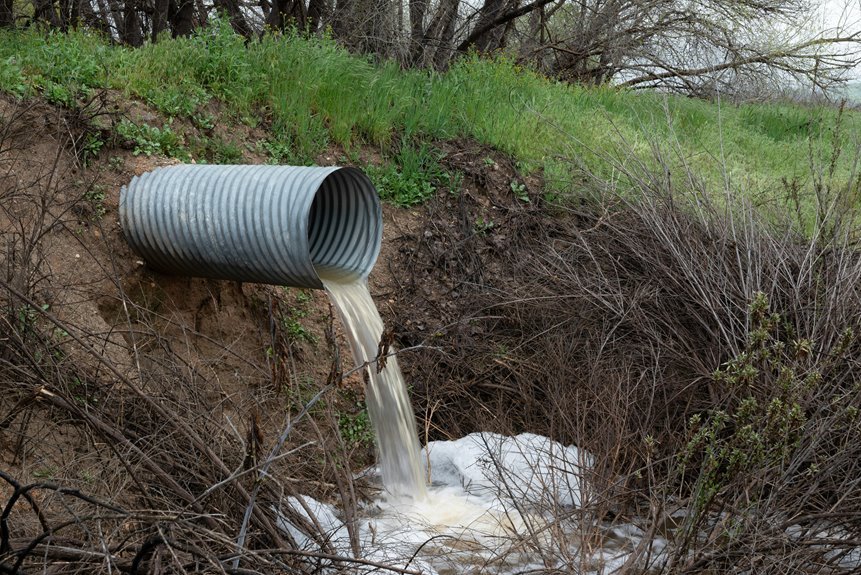
How to Fix a Drain Pipe: A Step-by-Step Guide to Fixing Drain Pipes at Home
Fixing a drain pipe at home requires a methodical approach to address various issues such as clogs, leaks, or corrosion. Identifying the specific problem is crucial before proceeding with repairs. Proper tools and materials must be gathered to ensure an effective solution. Understanding the step-by-step repair process will facilitate successful outcomes. Additionally, implementing preventative maintenance can extend the life of drain pipes. However, knowing where to start can be challenging.
Identifying the Problem: Common Issues With Drain Pipes
Numerous issues can affect drain pipes, leading to decreased efficiency and potential damage.
Common problems include clogged drains, which obstruct flow, and pipe leaks that can cause water damage.
Additionally, drainage odors often indicate trapped debris or stagnant water.
Pipe corrosion is another concern, weakening structural integrity and increasing the likelihood of leaks.
Addressing these issues promptly is essential for maintaining optimal drainage performance.
Gathering the Necessary Tools and Materials
Before embarking on any repair work for drain pipes, it is essential to gather the appropriate tools and materials.
Essential repair tools may include wrenches, pliers, and a pipe cutter, while necessary plumbing materials consist of replacement pipes, seals, and adhesive compounds.
Having these items ready ensures that the repair process can proceed smoothly and efficiently, allowing for effective resolution of the drainage issue.
Step-by-Step Repair Process
The repair process for a drain pipe involves a systematic approach to ensure effective and lasting results.
First, identify the issue and select appropriate repair techniques based on the type of pipe materials.
Next, prepare the area by cleaning and removing damaged sections.
Finally, apply the chosen repair method, ensuring proper sealing and alignment, to restore the pipe's functionality and prevent future leaks.
Preventative Maintenance Tips for Your Drain Pipes
Although drain pipes are often overlooked, regular preventative maintenance is essential for ensuring their longevity and optimal performance.
Homeowners should schedule routine pipe inspections to identify potential issues early. Additionally, implementing regular drain cleaning practices can prevent clogs and build-up, enhancing flow efficiency.
Conclusion
In conclusion, effectively repairing drain pipes is akin to tending to a garden; proactive care and timely interventions ensure a flourishing system. By identifying issues early, utilizing appropriate tools, and following a systematic repair process, homeowners can restore functionality and prevent future complications. Regular maintenance acts as a protective barrier, safeguarding against erosion and clogs, ultimately promoting longevity and optimal performance of the drain pipes. A well-cared-for drain system contributes to a healthier home environment.




